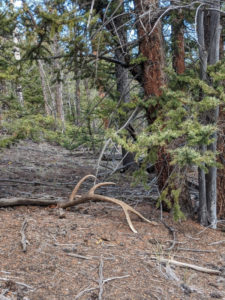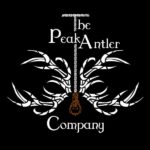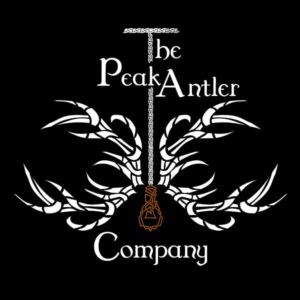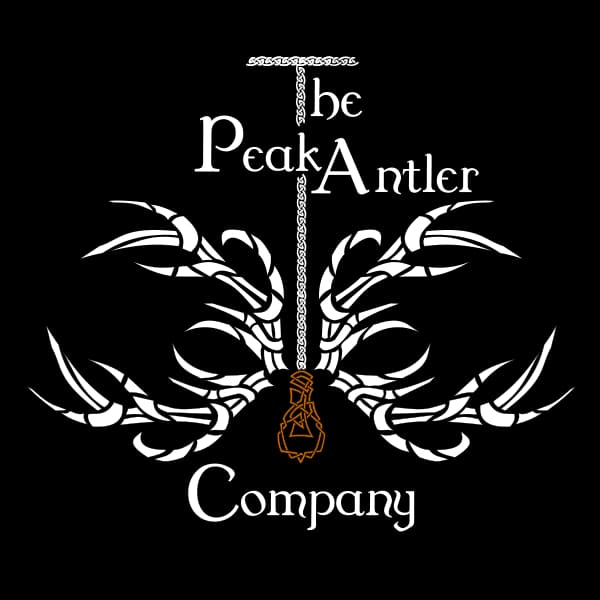Antlers from elk, moose, and several varieties of deer are used to make stunning chandeliers, furniture, interior accents, and more. There is something majestic about these organic creations that makes them stand out as amazing focal points in home decor. But many people don’t know where these antlers come from, or the sustainable practices used to source them.
Antler shed hunting in Colorado blends outdoor adventure with the opportunity to collect nature’s unique treasures. As enthusiasts search for the antlers naturally shed by deer, elk, and moose, they not only enjoy the beauty of Colorado’s landscapes but also contribute to a sustainable practice that feeds into our creative industry.
Here, we will walk you through the basics of what antler sheds are, tips on where and how to find them, and the critical regulations you must follow to engage in this practice responsibly.
What are Antler Sheds?
Antler sheds are the naturally shed antlers from large mammals such as deer, elk, and moose. These animals grow new antlers every summer in preparation for the autumn breeding season, where they are used to impress females and challenge competing males.
As testosterone levels drop after the mating period, the antlers begin to loosen and are eventually shed in late winter or early spring, starting the growth cycle anew. This annual process allows the animals to replace old, worn antlers with new ones that grow larger each year.
Shed antlers are a fascinating part of the natural lifecycle and offer a unique insight into the biology and behavior of these majestic creatures. The unique shapes and colors of various shed antlers, along with their strong integrity, make them the perfect medium to create impressive natural antler art pieces.

How Do I Find Shed Antlers?
Shed antlers are commonly found in areas where they might be jarred loose, such as slopes, near fences, along creeks, and in gullies—places where the animals’ movement or encounters with obstacles can cause the antlers to detach. Collecting these antlers, a practice known as shed hunting, has become a popular activity, pursued both as a hobby and high value to antler artists like us!
According to Parks and Wildlife, deer in Colorado typically shed their antlers from mid-January through March; elk, from February through April; and moose, from November through January. That’s also when animals such as deer and elk are trying to survive harsh winter conditions and a scarcity of food to make it until another spring.
Colorado has regulations in place to govern shed hunting, ensuring that it does not lead to harassment or harm to wildlife. Antler sheds are valuable not only for their aesthetic and artistic potential but also for their ecological importance, providing nutrients and habitat for other wildlife.

Do’s and Don'ts of Colorado Shed Hunting
Shed hunting in Colorado is a rewarding outdoor activity, however, it’s essential to follow specific guidelines to protect wildlife and ensure the sustainability of this practice. Here are some key dos and don’ts to keep in mind.
Know the regulations:
Colorado enforces specific rules to protect wildlife during vulnerable periods. Before embarking on a shed hunting trip, always verify any seasonal closures or restrictions in your target area.
In 2018, the Colorado Parks and Wildlife Commission voted unanimously to prohibit shed antler and horn collection on all public lands west of I-25 from January 1 through April 30, annually.
To further protect the Gunnison sage-grouse, the new regulations include a time-of-day closure in the Gunnison Basin May 1 – 15 from sunset to 10 a.m.
Respect wildlife:
Colorado regulations are in place to reduce stress on big game animals during the winter months. Stress can lead to decreased body condition and increased mortality in fawns and calves. Practicing good environmental stewardship is essential: follow shed hunting restrictions, do not approach animals while shed hunting, carry out all trash, and leave the area as you found it.
Adhere to Legal requirements:
While no permit is generally needed for recreational shed hunting, certain areas may have special rules or require permissions, especially on private lands. Always secure permission from landowners before entering private property to avoid trespassing violations, fines, and penalties. You could face a $137 fine for each shed hunting violation, as well as harassing wildlife.
Avoid over-harvesting:
Excessive collecting can deplete resources essential for wildlife and other shed hunters. A variety of wild animals, from small mice to large bears, gnaw on shed antlers for nutrition in the cold winter months. So leaving some antlers behind ensures you do not remove an important food source for these animals.
It is always advised to regularly consult the Colorado Parks and Wildlife website for the latest updates and detailed information on shed hunting regulations or contact local CPW offices for area-specific regulations and guidance.

What Do You Know About Antler Sheds?
1. Antlers are only found on male members of the Cervidae family.
FALSE
While this is true for “most” family members (including deer, elk, and moose), female caribou have antlers, just like the males.
2. Antlers are the same things as horns.
FALSE
Antlers are made of bone, not chitin. Horns are found on animals like sheep, cows, and goats. Horns also do not normally shed, unlike antlers which usually shed annually.
3. Antlers only fall off due to fights for dominance during breeding season.
FALSE
Antlers fall off due to several reasons, including but not limited to fights. They also naturally fall off following the decrease in testosterone that occurs after the rut. An ‘abcession layer’ forms between the antler and the skull, until the antler becomes loose and falls off.
4. Sunny days are the best to go out and look for shed antlers.
FALSE
Rainy days are the best. Bundle up and go out to look for things that shine. The bone will reflect light better during the rain than it would were you to look through dead grass or trees with full sun.




